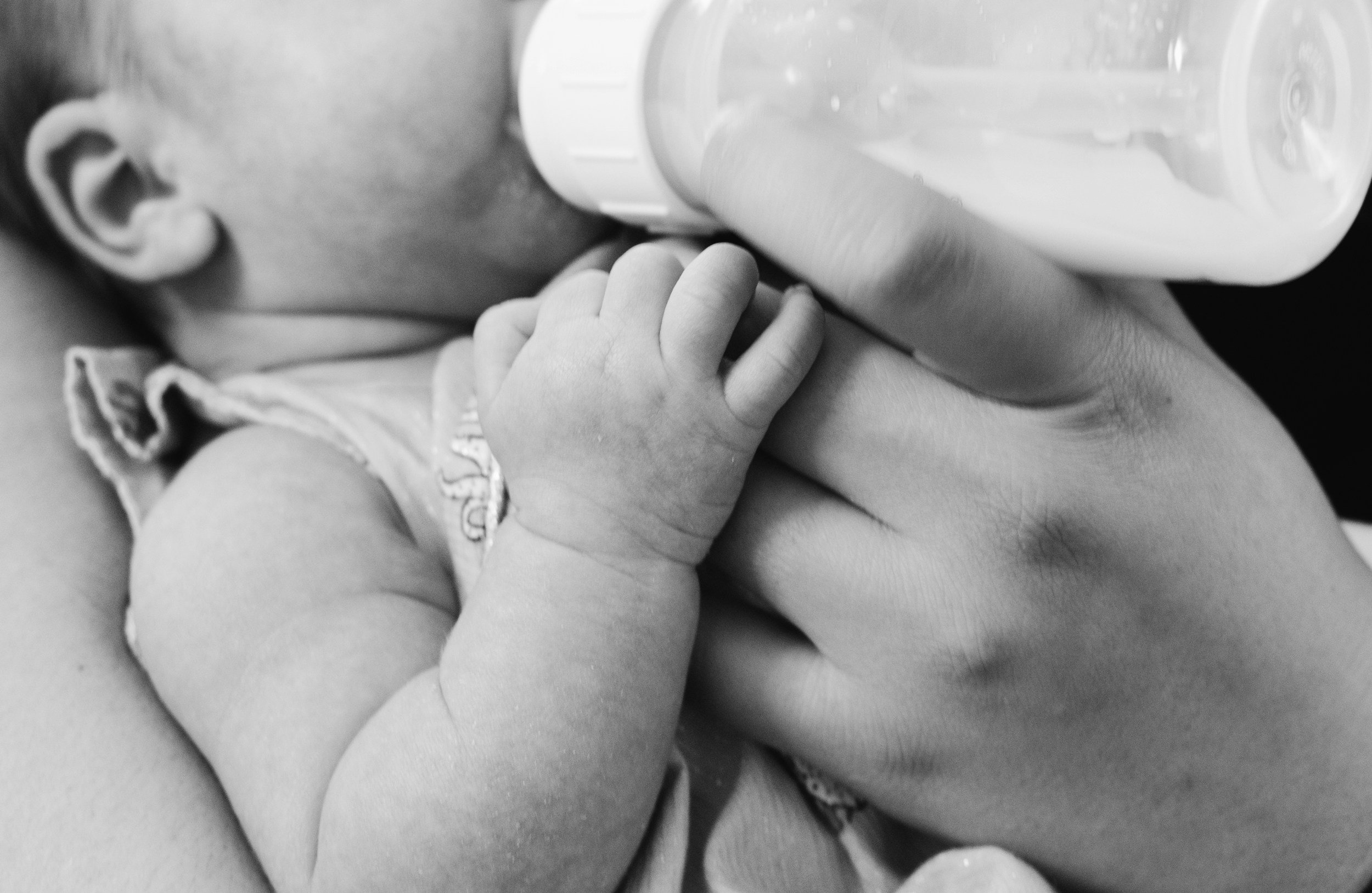But How Do I Decide How to Feed My Baby?
Okay, so I hear that the AAP recommends breast-feeding for two years (2?!). But can someone explain why? As an SLP, I will try to give you a few succinct reasons.
There are many craniofacial development benefits the muscular process of breast-feeding - the jaw excursion and tongue cupping and lip flanging used for breastfeeding develops the palate and jaw. This sets the foundation to help avoid future dental issues and nasal breathing issues, which can lead to the need for braces, more asthma, more mouth breathing, improper jaw/swallow development and a host of other issues. Now this does not always happen to every baby who was not breastfed. Breastfeeding is just a positive factor in helping all of those facial muscles develop properly.
There are many gut health and microbiome benefits to the consumption of human milk, and the on demand nature of breastfeeding helps to teach your baby to follow their satiety cues, that they rely on throughout their lives to not overeat. Breastfed babies also often have fewer allergies just because of the exposure of antibodies and allergens in the milk from such an early age.
All that to say, as a feeding therapist I believe in the saying “fed is best” rather than “breast is best” - the number one rule is feed your baby - and there are SO many ways to feed your baby. There are also reasons that exclusive breastfeeding may not work for you or your family - such as medical or mental health reasons or the division of labor.
In my practice, I am always happy to help with formula feeding and breast-feeding and combo feeding - and everything in between. I have tried to lay out all the options below, so that you can make your own decision for what is right for YOUR family - and this may change throughout your first year of parenting. So be kind to yourself as you navigate these unknown waters of keeping a tiny human alive!
`
Here are the most common ways I have seen people do it:
1. Exclusive on demand breastfeeding - going well from first latch
Continue to feed on demand whenever baby is alert and showing hunger cues - this usually is somewhere around 8-12 times per day
2. Exclusive on demand breastfeeding (but baby is not latching well)
May need to pump or hand express to get your milk supply established as baby is learning to latch on better; also may need to supplement with expressed breastmilk to help baby eat while they are getting better oral motor skills to breastfeed effectively
3. Breastfeeding (but wanting to prioritize sleep) and okay with less than a full milk supply
Breastfeeding 4-5 times a day and supplement with 2-3 bottles of formula or pumped breastmilk per day
Can be more scheduled with this type of breastfeeding approach
4. Exclusive pumping and bottle feeding that breast milk with full supply
Pumping 7-8 times per day (over time can decrease to 5-6x) trying to get enough output for full milk supply (supplementing with formula if needed)
5. Formula feeding with nursing for comfort
Feeding bottles 7-8x per day following cues, can move towards schedule as desired as baby gets older
Maybe 3-4 pumps per day to maintain enough supply for comfort suckling
6. Complete formula feeding with no latching (trying to dry up milk from day 1
Feeding bottles 7-9x per day following cues, can move towards schedule as desired as baby gets older
SO - pick one and know that it is okay if your mind changes along the way. Reach out for a prenatal consult so we can make sure you get off to a good start with making sure you are doing what you need to do in the early days to get the milk supply you want - no matter how your journey unfolds.



